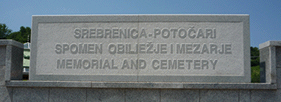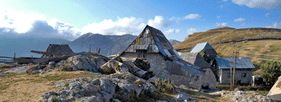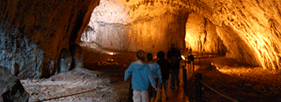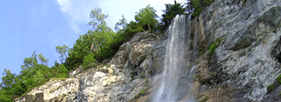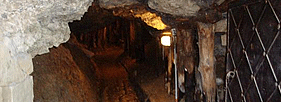Stećak-The Stone Sleeper
Stećci (sing. stećak) are stone tombstones that pre-date the Ottoman period, some of which are so richly decorated that they represent true masterpieces of Medieval art.
There are about 60,000 stećci throughout Bosnia and Herzegovina, and they can also be found in parts of Croatia (approx. 4,400), Serbia (approx. 4,100) and Montenegro (approx. 3,500) that share borders with BiH. While it is thought that the stećci were originally made by members of the Bosnian Church, these gravestones can be found in Catholic, Orthodox and Muslim necropolises.
Appearing in the mid 12th century, with the first phase in the 13th century, the tombstones reached their peak in the 14th and 15th century, before disappearing during the Ottoman occupation in the very early 16th century. They were a common tradition amongst Bosnian, Catholic and Orthodox Church followers alike. By the scholars are mostly related to the autochthonous Vlachian population. The epitaphs on them are mostly written in extinct Bosnian Cyrillic alphabet.
The one of largest collection of these tombstones is named Radimlja, west of Stolac in Bosnia and Herzegovina. The oldest stećak is that of Grdeša, a 12th-century župan of Trebinje.The most famous stećak found in Bosnia and Herzegovina is the Zgošćanski Stećak, which was discovered near Kakanj. It is now on display in the garden of the National Museum of BiH in Sarajevo. This 14-ton stećak bears no inscriptions but, given its extraordinary motifs, researchers believe that it must be the gravestone of a nobleman, perhaps the Bosnian Ban, Stjepan II Kotromanić.
The word itself is a contracted form of the older word stojećak, which is derived from the South Slavic verb stajati (engl. stand). It literally means the "tall, standing thing". Sometime also called as mašeti (Italian for rock, or Turkish for tombstone of a fallen hero), mramorovi (marble), usadjenik (implantation), on the stećak inscriptions they are called as bilig (mark), kamen bilig (stone mark), kâm/kamen (stone), hram (shrine), zlamen/kuća (house), raka (pit), greb/grob (grave). Although in Bosnia and Herzegovina under the name stećak among the people meant high monolithic standing stones (i.e. sanduk and sljemenjak form), in 20th century the word stećak was accepted in science as general term, including for plate gravestones.
Stećaks are described as stone, monolithic, horizontal and vertical tombstones prismatic shape with flat or gable-top surface, with or without pedestal.The chronology established by Marian Wenzel considers stećaks developed from the plate headstones with the oldest from 1220 (probably first somewhere in the mid-12th century), monumental emerged somewhere in 1360, those with visual representations around 1435-1477, and that total production of stećaks ended in 1505. Stećaks in the form of chest (sanduk) and ridge/saddle-roofed (sljemenjak) do not appear before the middle or the end of the 14th century, while the remaining two basic forms - the upright pole and cross, no more than half of the 15th century. In the latter "upright" forms can be seen influence of the nišan - the upright monolithic stones on top of the Muslim (Turkish) graves, which emerge already in the end of 14th century in conquered parts of Macedonia and Serbia. The majority of stećaks are not or are very simply decorated.
In the example of Bosnia and Herzegovina according to UNESCO there''''s "about 40,000 chests, 13,000 slabs, 5,500 gabled tombstones, 2,500 pillars/obelisks, 300 cruciform tombstones and about 300 tombstones of indeterminate shape have been identified. Of these, more than 5,000 bear carved decorations".
The initial stage of stećaks developing which included simple recumbent plates or slabs isn''''t specific for the region, yet it is of broad West Mediterranean origin, and as such the term stećak (implying the chest and ridge form) is misleading for all tombstone forms. The slabs type of burial was a typical kind of burial of the West Mediterranean world in the 14-15th century, but which had special method of production and ornamentation in the Balkan, customized according to the stonemasonry skills and microenvironment.
A fraction of stećaks bear inscriptions, mostly in extinct Bosnian Cyrillic, some in Glagolitic and Latin script. They are mostly brazen reminders of wisdom and mortality, relay a dread of death, more anxiety than peace.
Stećaks have been nominated to the UNESCO World Heritage List as Joint Cultural Heritage by the four countries in 2014. The nomination has scheduled an enrolment of 30 necropolises with tombstones – of which 22 from Bosnia and Herzegovina, 2 from Croatia, 3 from Montenegro, and 3 from Serbia.

















